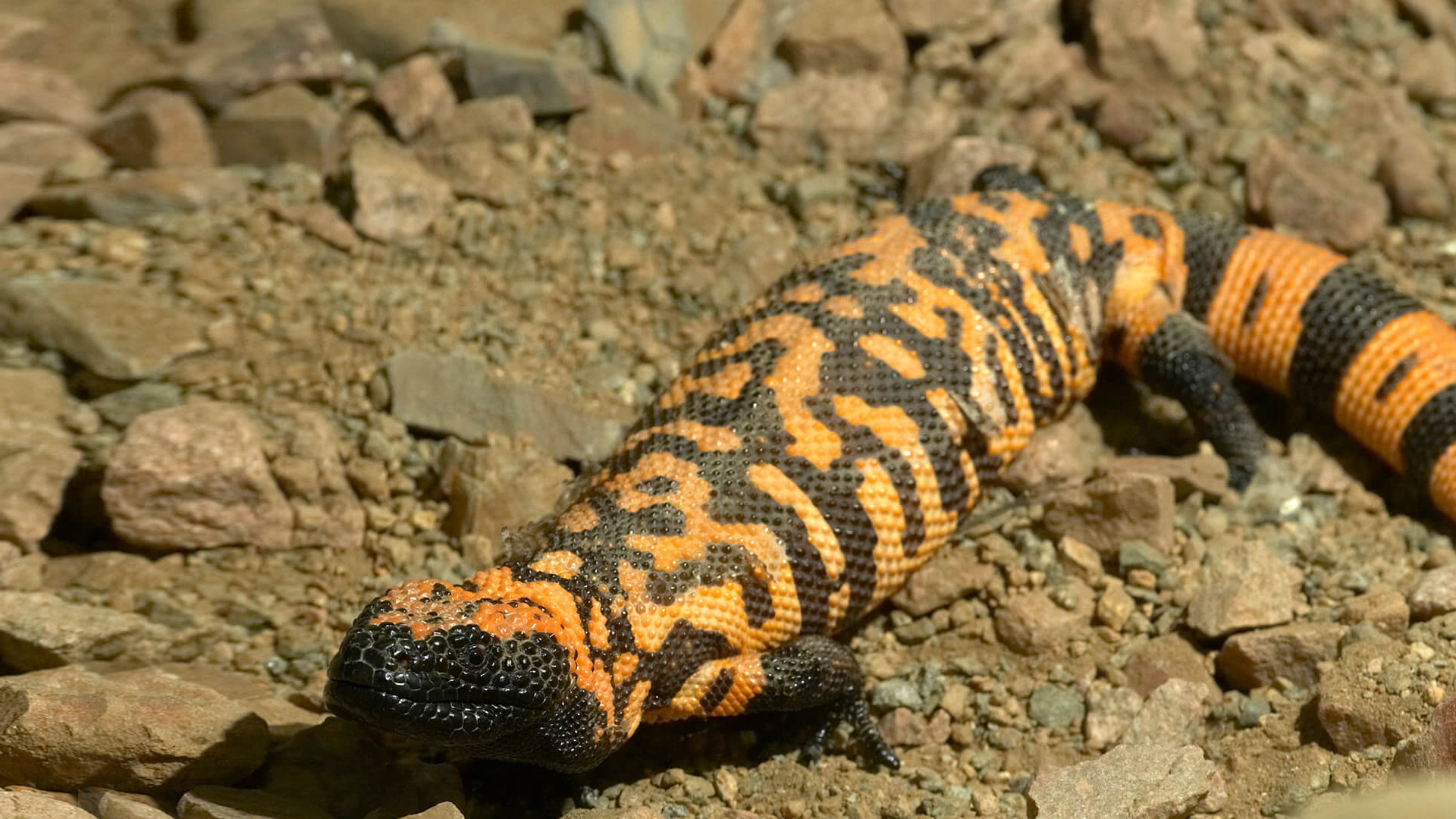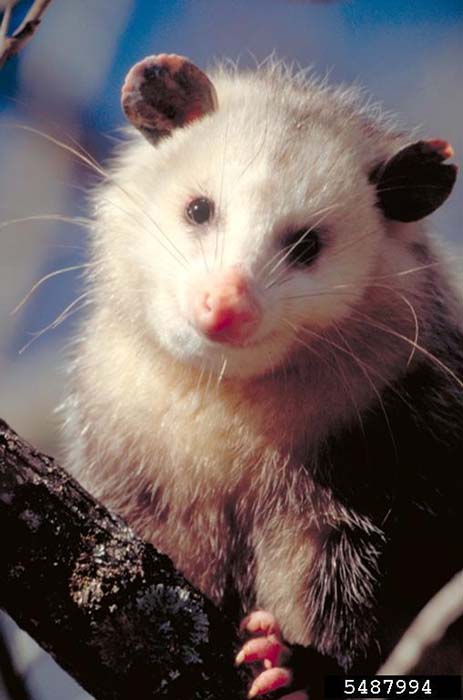Proteins - No Clever Heading for These Molecules, They Deserve Your Respect
Ah proteins, the true workhorse of life. Basically if there is something to do, proteins do it. The only real exception is storing information because, as previously discussed, the douchebag nucleic acids do it and then need all the credit. Proteins are not only the real MVPs of life but they’re also some of the most complex members in the macromolecule lineup. Made up of thousands and thousands of individual units called amino acids, proteins can be as large or larger than nucleic acids. While there are only twenty unique amino acids, they can be linked together in any order they need to because three-fourths of the molecule is exactly the same for all twenty. There’s the amino (-NH) group, a hydrogen (-H), a carboxyl (-COOH) group, and then what is known as the R group. The R group is the only thing that changes from one amino acid to the next. When going through polymerization, the amino side of one will react with the carboxyl group of another, dehydration synthesis occurs resulting in the loss of water, and the two amino acids become linked with their R groups sticking off the side. Imagine taking a ladder and sawing it down the middle of all the rungs, the resulting structure would resemble a very simplified version of a string of amino acids.This string of amino acids is known as a polypeptide because the bond that formed when we linked the two amino acids together is known as a peptide bond and now we have many of them. As we get larger and larger, we begin to start having interactions between various parts of the polypeptide and this is critical because as those interactions occur, the polypeptide changes shape and the way a protein functions is dependent on it’s form. You fuck up the form, you fuck up the function. All proteins have at least three levels of form, with the larger, more complex proteins having a fourth level. At the simplest level, known as the primary structure, we have the sequence of amino acids. This is the “half a ladder” structure I mentioned earlier. As the polypeptide grows, weak interactions (think hydrogen bonds) start to form between various places of the backbone of the molecule (so between the amino-carbon-carboxyl-repeat chain) and this presents us with the polypeptide’s secondary structure. Depending on the types of interactions and the frequency of them, the polypeptide chain can either coil into a spring-like alpha helix or do a sort of accordion fold into a beta sheet. As we get even more complex, we reach the tertiary structure where interactions between the side chains, also known as those R Groups, cause the polypeptide to fold, dip, duck, twist, doubleback, etc into what appears as a coiled mess but as we said earlier, is a very specific orientation. If the protein we’re focused on is a smaller, simpler protein, everything stops here. We have one polypeptide chain that has coiled, pleated, and folded into a given shape that can then go on to fulfill its duty. However, if it is a very large and complex protein, it may have a fourth level of organization known as the quaternary structure. This occurs when multiple polypeptides come together and is characterized by weak interactions between the various subunits.






